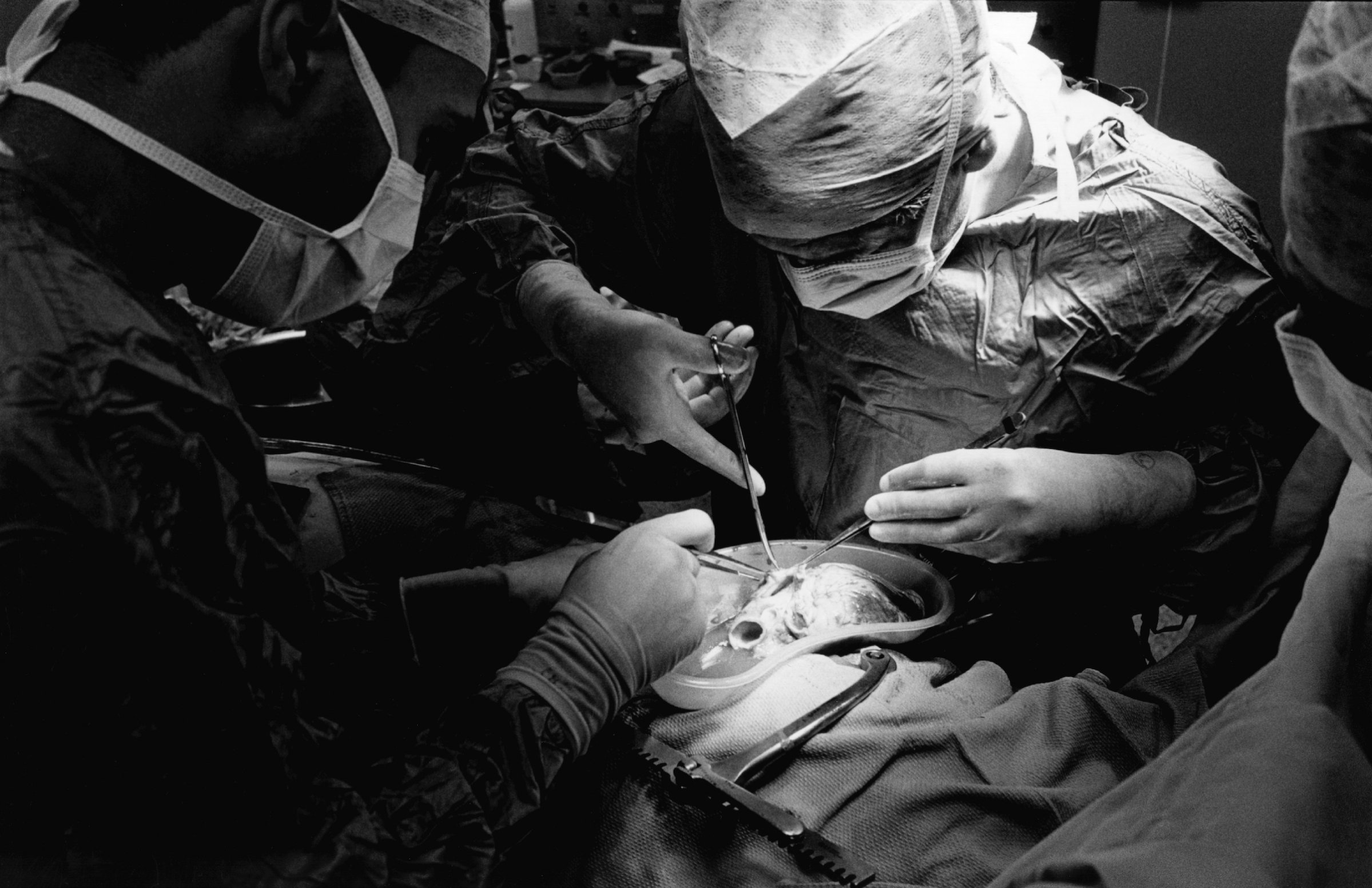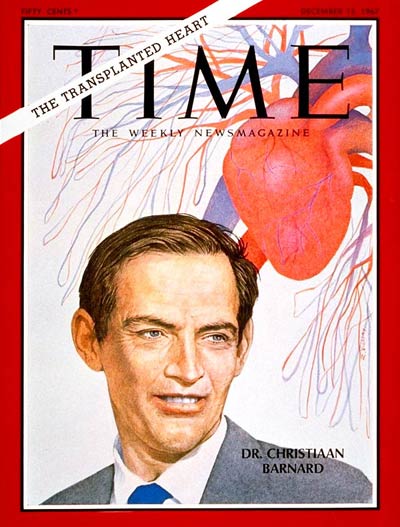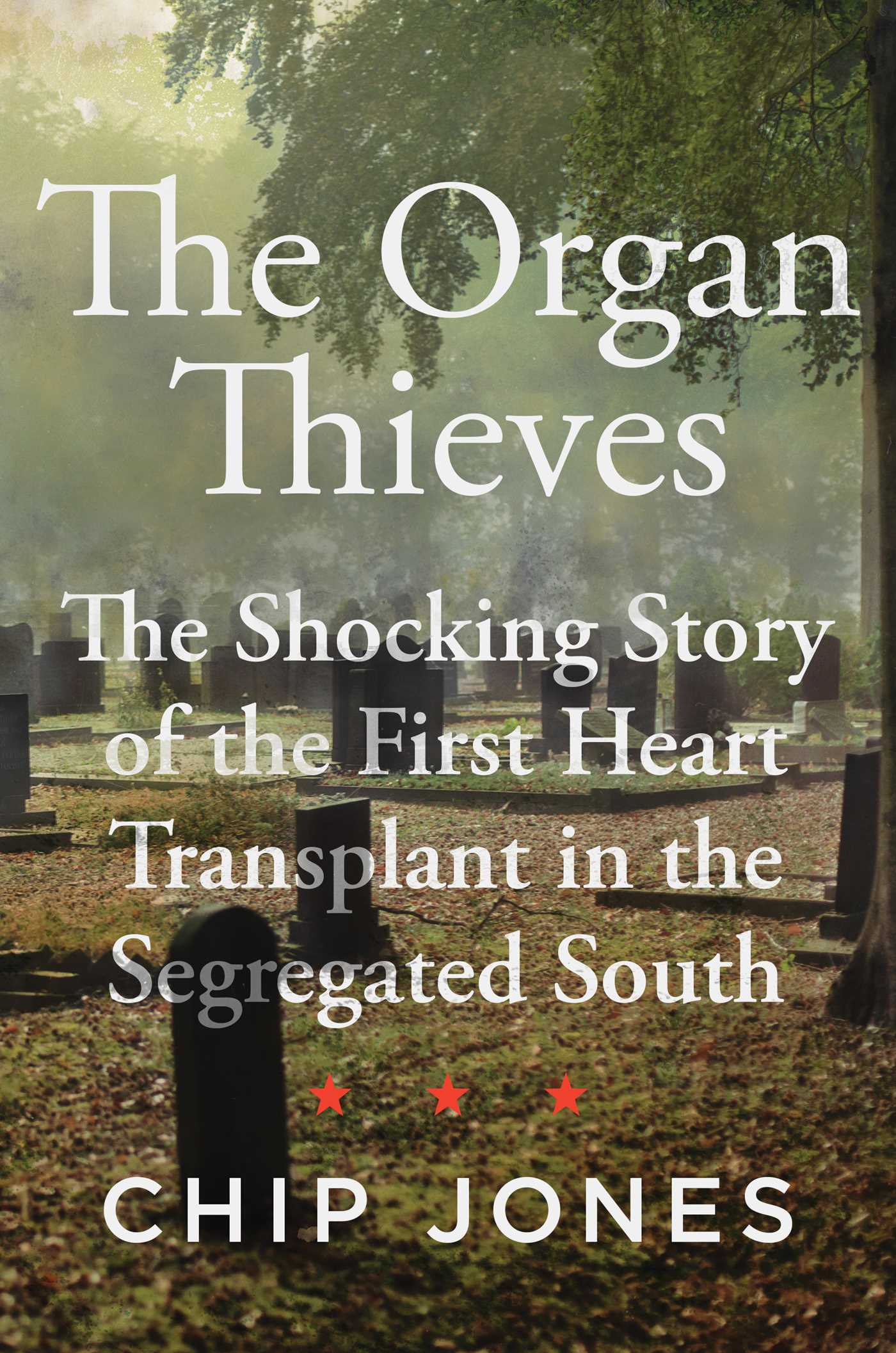
The man on the Dec. 15, 1967 cover of TIME would have been easy to mistake for an actor, ambassador or politician. But the chiseled face instead belonged to Dr. Christiaan Barnard, a 45-year-old heart surgeon from a little-known hospital in Cape Town. He was enjoying the international spotlight after pulling off a once-unthinkable feat: transplanting a human heart.

The work that led up to his achievement left a trail of surgeons, patients, politicians and everyday people. When I set out to investigate the heart transplant race of the late 1960s, I found that—despite the success in South Africa—my work would begin much closer to home: in Richmond, Va., where I live, at the local teaching hospital, the Medical College of Virginia (MCV). And despite the life-saving endpoint, the story wouldn’t be a happy one. Rather, it would expose a troubling moment in the long-fraught history of the relationship between race and health in America.
The year before Barnard’s historic achievement, the ambitious Afrikaner traveled to Richmond to study the surgical techniques of two stars in the organ transplantation world—Drs. David Hume and Richard Lower. During his three-month visit, Barnard soaked in a wealth of knowledge by observing the Virginians’ experiments, including surreal moments such as using a baboon to cleanse the blood of a young man with liver failure.
But the “aha moment” for Barnard came when he witnessed Lower remove a dog’s heart and preserve it with extreme cold in order to implant it into the chest of another dog. It was a technique the MCV surgeon had developed earlier at Stanford University with another transplant pioneer, Dr. Norman Shumway. Barnard took the technique back home and soon made his mark on history.
After all they’d shared with the curious South African, the Virginia surgeons were understandably miffed by his overnight fame. It was time, Hume told Lower, to get on board the heart transplant train.
Get your history fix in one place: sign up for the weekly TIME History newsletter
The historic moment for the MCV doctors took place about six months later. Late in the afternoon of May 24, 1968, a factory worker named Bruce Tucker was rushed by ambulance to MCV. Tucker, 54, was celebrating his work week’s end drinking with friends when he fell off a wall and hit his head.
His vital signs were stable when he arrived at the hospital, but he was also reportedly “disoriented” and “combative.” He lost control of his limbs and lapsed into a coma. Tucker’s prognosis for recovery was poor.
So were the circumstances surrounding his accident. First, I was told by a doctor who was on the scene that the 54-year-old Tucker, as a Black man with liquor on his breath, fit the stereotype of a “charity patient,” unlikely to pay his bills. Sociologists call this being “socially dead.”
Second, this was a time when the rules of organ transplants of any kind—including obtaining prior consent from family members—had yet to be written. Third, Richmond’s African-American community had long-held suspicions of the medical experiments conducted at the medical college.
In one of my first interviews for my book The Organ Thieves, former Virginia Governor L. Douglas Wilder described what it was like growing up Black in the 1930s in Richmond, the former Capital of the Confederacy. As a boy, he heard rumors of what was unfolding behind the fortress-like walls of the hospital. “You best stay away from MCV,” he was warned, “or you might get snatched up by the night doctors!”
Wilder, a solo lawyer in 1968, was asked to represent the family of Bruce Tucker in a civil lawsuit against the hospital. Bruce’s brother, William, a local merchant, had been frantically searching for Bruce after his accident.
It would take two more days before William would learn the truth—not from the hospital, but from his local funeral home director. By then, Bruce’s heart had been taken and transplanted in the chest of an ailing white businessman. His kidneys had also been taken.
While hospital officials later claimed they made every effort to find the family, William Tucker remained deeply skeptical. When he was given his brother’s belongings, he made a shocking discovery: His own business card had been in Bruce’s trousers all along. Why hadn’t anyone called William at his repair shop or simply driven over to take him to his brother’s bedside?
History is filled with such hard questions, large and small. Grave-robbing and body-snatching helped lay the foundation for America’s first medical schools, including the one where Bruce spent his final hours. The legacy of second-class medical treatment for Black people across the United States can still be seen, not least in the disproportionately high death rate of Black Americans from COVID-19. And the scars left behind for generations of families like the Tuckers can be seen in the suspicions many African Americans still harbor about getting tested for the virus.
As the Black Lives Matter movement leads a much-needed reckoning and conversation about systemic racism, I hope the story of the early days of heart transplantation serves as a reminder of just how literally those words need to be taken, and the importance of taking every life—and death—seriously.

Chip Jones is a Pulitzer-nominated journalist who lives in Richmond, Va. His book The Organ Thieves: The Shocking Story of the First Heart Transplant in the Segregated South is available now from Simon & Schuster.
More Must-Reads from TIME
- Cybersecurity Experts Are Sounding the Alarm on DOGE
- Meet the 2025 Women of the Year
- The Harsh Truth About Disability Inclusion
- Why Do More Young Adults Have Cancer?
- Colman Domingo Leads With Radical Love
- How to Get Better at Doing Things Alone
- Michelle Zauner Stares Down the Darkness
Contact us at letters@time.com